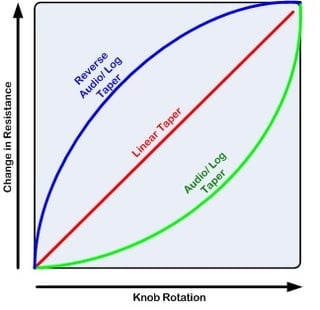cjbouchard@bergco.com
cjbouchard
- Location
- spokane W.A
I have a customer who is running a blower 2hp 3 phase motor in a coffee roaster. I installed a DE1 Eaton drive its a slick set up basic configuration on /off switch and Potentiometer to control the speed of the motor . However the manual for the drive specs out a 1k to 10 k pot . I used a 5k pot and my problem now is it is to sensitive for controlling the speed of the motor . I am researching using a higher value Potentiometer to make the speed control more user friendly . I am unfamiliar with what value Potentiometer to use to be able to get a more controlled range , right now it jumps from 20hz to 50hz if you touch the pot just a little bit and this is very hard to dial the coffee roaster loft to a sweet spot. I was also thinking I used a kb electronics potentiometer it was 3$ for a proto until I dial in the design and maybe its just a have a really cheep potentiometer , The Eaton potentiometer is about 100$ .




